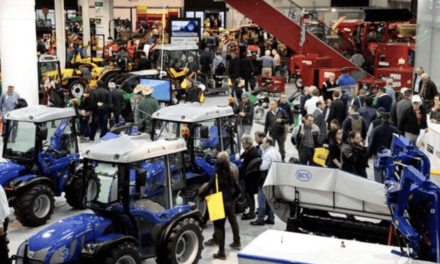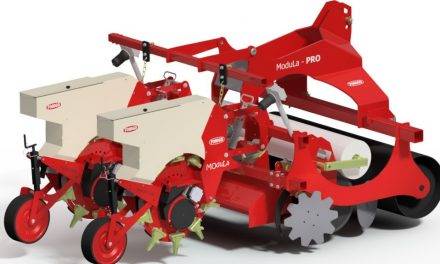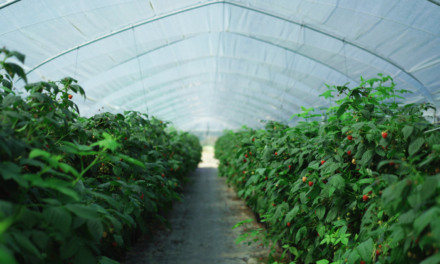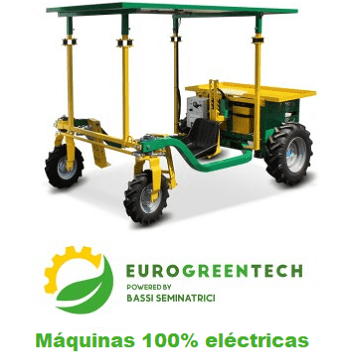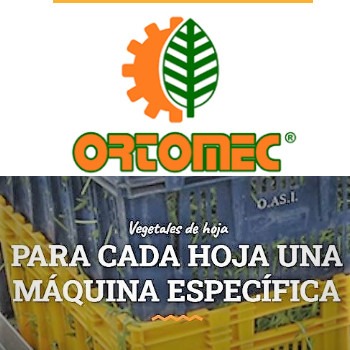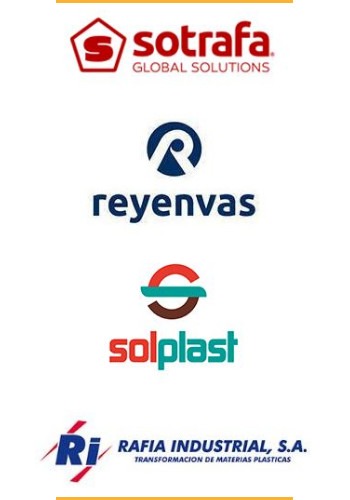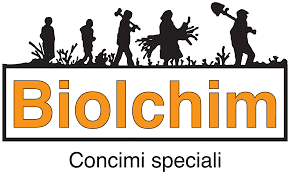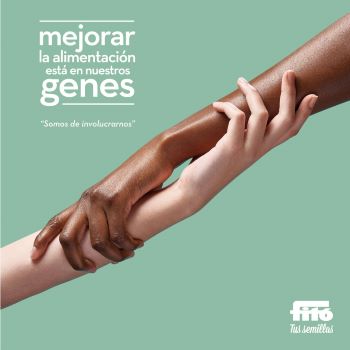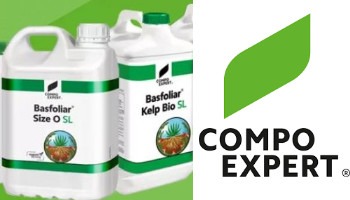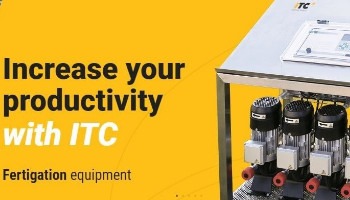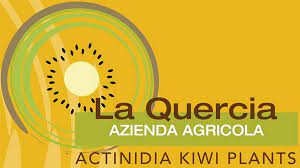
Regenerative agriculture, a quadruple win for man and environment
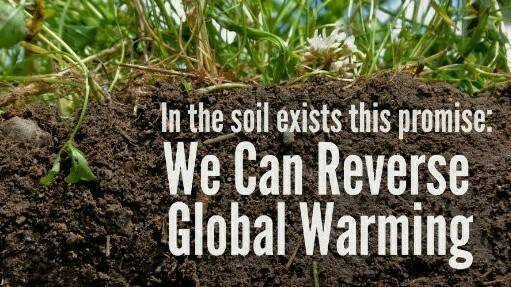
Regenerative Agriculture is a proven technology to generate win win situations for man and environment in 4 ways, explains Charles L. Wilson, Founder / Chairman & CEO World Food Preservation Center® LLC
Even if we completely eliminate all man-made carbon dioxide (CO2) emissions into the atmosphere, sufficient concentrations of CO2 and other greenhouse gasses will remain to cause global warming. To effectively combat global warming, we must simultaneously withdraw substantial amounts of CO2 from the atmosphere while we reduce CO2 emissions.
Regenerative Agriculture is a proven “shovel ready” technology that, if implemented globally, can withdraw sufficient CO2 from the atmosphere to reverse the climate emergency.
We’re always looking for a “win-win” outcome. Rarely, do we encounter a quadruple “win-win-win-win” outcome. This occurs when we produce food using a Regenerative Agriculture model rather than the Conventional (industrial) Agriculture model. Advantages of Regenerative Agriculture over Conventional Agriculture are:
(1) considerably more CO2 is withdrawn from the atmosphere and stored in the soil;
(2) agriculturally produced CO2 atmospheric emissions are reduced;
(3) synthetic pesticides, fertilizers, and Genetically Modified Organisms (GMOs) are not required to produce food, and
(4) healthier carbon enriched soils are created that retain more water and grow plants more resilient to climate change.
Advantages of Regenerative Agriculture over Conventional Agriculture
The “Second Green Revolution” promoted by Conventional Agriculture is not fulfilling its promise to feed the world. According to the United Nations world hunger is on the rise for the first time in decades. The world’s population is expected to reach 9.6 Billion by 2050. On our present conventional-agriculture course we are going to fall far short of sufficient food to feed a rapidly increasing world population.
To produce more food for a burgeoning world population, Conventional Agriculture plans increased applications of synthetic fertilizers and pesticides along with Genetic Modified Organisms (GMOs).
We clearly need to adopt Regenerative Agricultural Practices rather than Conventional Agricultural Practices to feed the world’s expanding population and keep it healthy.
How Does Regenerative Agriculture Differ from Conventional Agriculture?
In the early 1980s, the Rodale Institute was first to use the term “Regenerative Agriculture.” Robert Rodale declared, “By marching forward under the banner of sustainability we are, in effect, continuing to hamper ourselves by not accepting a challenging enough goal. I am not against the word sustainable, rather I favor “Regenerative Agriculture.”
Various forms of Regenerative Agriculture are called: “Agroecology”, “Permaculture”, “Biodynamics”, “Regenerative Grazing”, and “Silvapasture.” Regenerative Agriculture differs dramatically from Conventional Agriculture in that it does not depend on inputs of synthetic pesticides/fertilizers and GMOs. The results are healthier soils, healthier crops, healthier food, healthier people, and healthier animals.
Regenerative Agriculture has practices that promote the health of the soil and its natural regenerative forces. Some of these practices include no-till planting, crop rotation, perennial cover crops, composting, and holistic grazing. Plants are dependent on organisms in the soil to mobilize nutrients needed for plant growth. Regenerative Agriculture promotes greater plant diversity that results in greater microbial diversity in soils leading to better plant nutrition and carbon storage .
WIN # 1 – Conversion of Atmospheric CO2 to Soil Organic Carbon (SOC)
The world’s cultivated soils have lost between 50 to 70 percent of their original carbon stock, much of which has been oxidized upon exposure to air to become CO2 in the atmosphere. The loss of carbon from the soil can be replenished through the photosynthetic process that captures CO2 from the atmosphere and converts it to carbon-containing sugar. This sugar is transported from the leaves through a phloem pipeline to the roots of the plant where it is excreted into the soil and stored as Soil Organic Carbon (SOC). Organisms in the soil utilize the excreted sugar for their metabolism and produce and release essential plant nutrients into the soil.
Plowing associated with Conventional Agriculture exposes bare soils for extended periods. Exposed bare soils result in the the oxidation and release of SOC from the soil into the atmosphere as CO2. In Conventional Agriculture more CO2 is lost to the atmosphere from bare soils than is being captured through the photosynthetic process. Regenerative Agriculture through no-till practices and extensive use of cover crops reverses this process resulting in more CO2 being stored as SOC in the soil than is released into the atmosphere. Groundcovers and SOC allow soils to function as “sponges” that hold the soil’s water and prevents its evaporation into the atmosphere.
The Rodale Institute promotes the use of a continuous perennial ground covers for agricultural land. They practice no-till planting into their ground covers by using a Roller Crimper. Continuous ground covers increase SOC, and at the same time, greatly reduce the oxidation of organic carbon in the soil and its release into the atmosphere as CO2. The top meter of the world’s soils contains three times as much carbon as the entire atmosphere, making it a major carbon sink alongside forests and oceans.
It has been estimated that if we converted globally all croplands, forests, and pastures to Regenerative Agriculture we could sequester more than 100% of current annual CO2 emissions.
WIN #2 – Reduced CO2 Emissions Over Conventional Agriculture Practices
Conventional Agricultural practices contribute to climate change both by man-made emissions of greenhouse gases and by the conversion of non-agricultural land such as forests into agricultural land. Agriculture, forestry and land-use changes are estimated to contribute 20–25% of global annual greenhouse gas emissions. The European Union’s Scientific Advice Mechanism estimated that the food system as a whole contributes 37% of total greenhouse gas emissions, and that this figure is on course to increase by 30–40% by 2050 due to population growth and a dietary change to more animal based protein.
Regenerative Agriculture reduces CO2 emissions by not requiring the manufacture of synthetic fertilizers and pesticides used in Conventional Agriculture. Also, it reduces the use of fossil fuels required to operate heavy agricultural equipment such as plows and sprayers required in Conventional Agriculture. Agroforestry as a part of Regenerative Agriculture counters the loss of CO2 sinks that results from deforestation. Agroforestry also reduces soil erosion and consequent SOC loss.
The United Nations Food and Agriculture Organization (FAO) estimates that livestock production accounts for about 14.5 percent of all human-caused emissions of greenhouse gases, or about 7.1 gigatons of carbon dioxide or its warming equivalent. Regenerative Agriculture offers alternative ways to produce livestock such as Holistic Planned Grazing that withdraw CO2 from the atmosphere and replace SOC rather than deplete it.
WIN #3 – No Use of Synthetic Fertilizers and Pesticides
Regenerative Agriculture does not require inputs of synthetic pesticides and fertilizers in order to grow high yielding crops like Conventional Agriculture does. The use of synthetic pesticides and fertilizers imposes a tremendous toll on human health and the environment. Escalation of noncommunicable diseases worldwide is associated with the use of certain synthetic pesticides. Synthetic fertilizers are destroying the health of our waterways and oceans. And, GMOs are being shown to present health risks to humans, their animals, and the environment.
The production and application of synthetic fertilizers and pesticides contribute heavily to greenhouse gas emissions and global warming. Nitrogen fertilizers release large quantities of nitrogen oxide (N2O) into the atmosphere that are a major contributor to air pollution and greenhouse gas emissions. N2O has 300 times the warming power of CO2. Also, runoff from synthetic nitrogen fertilizers causes “dead zones” in waterways and oceans.
WIN #4 – Crop Plants More Resilient in the Climate Emergency
Conventional Agriculture with its monoculture, plowed soils, synthetic fertilizers, and pesticides has robbed agricultural soils of much of its diversity and resiliency in dealing with climate change. Regenerative Agriculture benefits soils and enhances crop resiliency. Besides increasing SOC Regenerative Agriculture also increases the water holding capacity of soils, stops soil erosion, and enhances plant drought and pest resistance.
Conclusion
The present business model for agriculture is dictated by large agricultural companies. These companies make their profits through the sale of seeds, synthetic pesticides, and synthetic fertilizers. The criterion for “success” pushed by large agricultural companies and accepted by many farmers is production of “maximum crop yields per acre. ” Maximum crop yields per acre are promoted through the sale of seeds (owned by the agriculture company) to farmers that have been bred and genetically modified (GMOs) to produce high yielding plants. For plants produced from these high-yielding seeds to realize “maximum yields per acre” the farmer must also buy pesticides for weed, insect, disease, and nematode control. Additionally, synthetic fertilizers are sold to the farmer to replace the nutrients robbed from the soil through Conventional Agriculture practices.
No alt text provided for this image
The agricultural business model put forward by large agricultural companies is not working for farmers in the United States and globally. Bankruptcies by U.S Farmers have reached an eight-year high and filings for bankruptcy are proceeding at an accelerated pace. Many farms that have been in families for generations are having to be sold.
We need to take a closer look at the present business model for farmers around the world and determine whether it is sustainable. The dominant agricultural business model is profitable for major agricultural companies while causing average farmers to go bankrupt. Something is not right.
A major fallacy in the present business model for Conventional Agriculture comes from “success” being defined as “yield per acre.” Like all businesses, agriculture’s “success” should be based on “profit” rather than “yield per acre.” Inputs that agriculture companies are selling to farmers (expensive seeds, synthetic fertilizers, and pesticides) have become too expensive to make their crops profitable even if high yields are realized.
Additional costs to the farmer and the consumer are also incurred through adoption of business model prompted by big agricultural companies. Development of GMO seeds allows big agricultural companies to sell seeds at a premium price and arrest seed sovereignty from the farmer. Farmers are prosecuted by seed companies for saving and planting their own seed and must buy their seed from the agricultural company. Consumers and animals also tragically pay a high health cost under the Conventional Agriculture business model from the damage inflicted from the use of synthetic pesticides, GMOs, and fertilizers.
Conventional Agriculture is pushing a false premise in explaining how they are going to feed the world’s rapidly expanding population. They pronounce that in order to feed the world farmers MUST join their “Second Green Revolution” with its accelerated use of expensive inputs (synthetic fertilizers, synthetic pesticides, and GMOs).
Regenerative Agriculture is a proven agricultural alternative to the “Second Green Revolution” that can reverse the damage done to human/animal health and welfare by Conventional Agriculture and concomitantly reverse the climate emergency brought on by global warming.
Regenerative Agriculture farmers put “profit” and “regeneration” ahead of “yield per acre” in their business model and are able to realize a “profit” and often a higher “yield per acre” as well. Multiple farmers who have been going bankrupt under the Conventional Agriculture business model have been able to “save the farm” by adopting Regenerative Agriculture practices.
Regenerative Agriculture is proven “shovel ready” technology that is our best chance of immediately reversing the existential climate emergency facing mankind.
Original article with links
Linkedin Charles L. Wilson, Founder / Chairman & CEO World Food Preservation Center® LLC, REGENERATIVE AGRICULTURE – A QUADRUPLE “WIN-WIN-WIN-WIN” FOR MAN AND THE ENVIRONMENT











